Weeds on an allotment
Monday, April 30th, 2012 They might just look like a sea of green but there are a lot of different weeds in this patch. There’s couch grass, other grasses, buttercup, thistle, dock and nettles.
They might just look like a sea of green but there are a lot of different weeds in this patch. There’s couch grass, other grasses, buttercup, thistle, dock and nettles.
Inset photos are dock, thistle and nettle.
How do you tackle a plot like this?
I’d start by strimming it all down as close to the ground as possible. You can then dig the ground over and remove the roots. Put all the cuttings and roots in a big pile, cover and leave to rot down.
You could try lazy bed gardening where you mark out a bed and then fold the outer thirds on top of the inner thirds. This creates a raised bed. In theory the weeds die as they’re no longer exposed to the sun. You can fill the middle with muck before you turn over the edges.
This sort of bed is easier than digging all the weeds out and can be mulched with grass clippings over the next few months to help ensure the weeds don’t come back.
Plant potatoes in it as they’re good for starting off with.
Another approach would be to weedkill the patch and then dig it over.
You could also weedkill the bed and then cover it with weed suppressant materials like newspaper and mulch over and plant through the layers.
Each gardener will have their own method of attack. Some will start quietly in a corner and keep going until they have turned it allover.
Some will frenetically bounce around the plot until it’s a maze of half dug patches.
As long as you keep attacking it you’ll win the battle, or at least appear to be.
An untended plot means weeds get chance to go to seed and spread.
This is bad for other allotments and needs to be dealt with.
At least you know if weeds are growing then the soil is reasonably ok. The lush growth on this plot tells me it’s pretty fertile. Also nettles are supposed to indicate fertile rich soil.







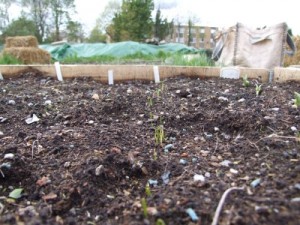
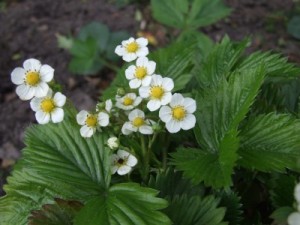 We’ve got a communal strawberry bed that has plenty of flowers now!
We’ve got a communal strawberry bed that has plenty of flowers now!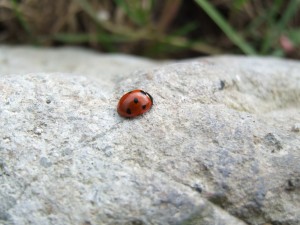 Just had a walk round the allotment site.
Just had a walk round the allotment site. 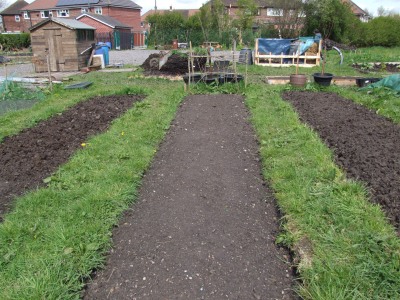 On a TV gardening program recently they showed someone who had an allotment who only grew euphorbia on it.
On a TV gardening program recently they showed someone who had an allotment who only grew euphorbia on it.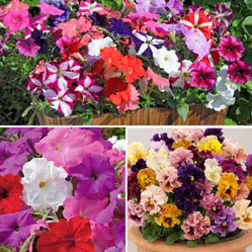
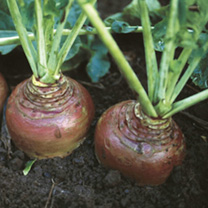 Club Root resistant crops are something most of us will be interested in. This
Club Root resistant crops are something most of us will be interested in. This